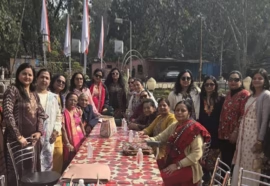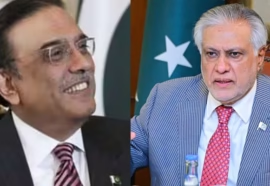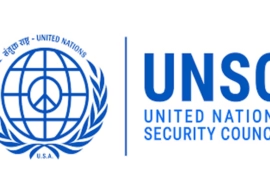Aditya L1: Successfully Executes First Earth-bound Manoeuvre
Pragyan Rover put to sleep for 14 days; successfully completes mission tasks
China’s AI Chatbots ‘Ernie Bot’, ‘SenseChat’, others now available for public
SAIL’s Ongoing Commitment to Increasing India’s Defence Indigenization
World’s first 100% ethanol car unveiled in Delhi
North Korea fires two short-range tactical ballistic missiles into eastern waters
Call : +91-9334220098
whatsApp: +91-9334220098
mail: researchers.asia@gmail.com












